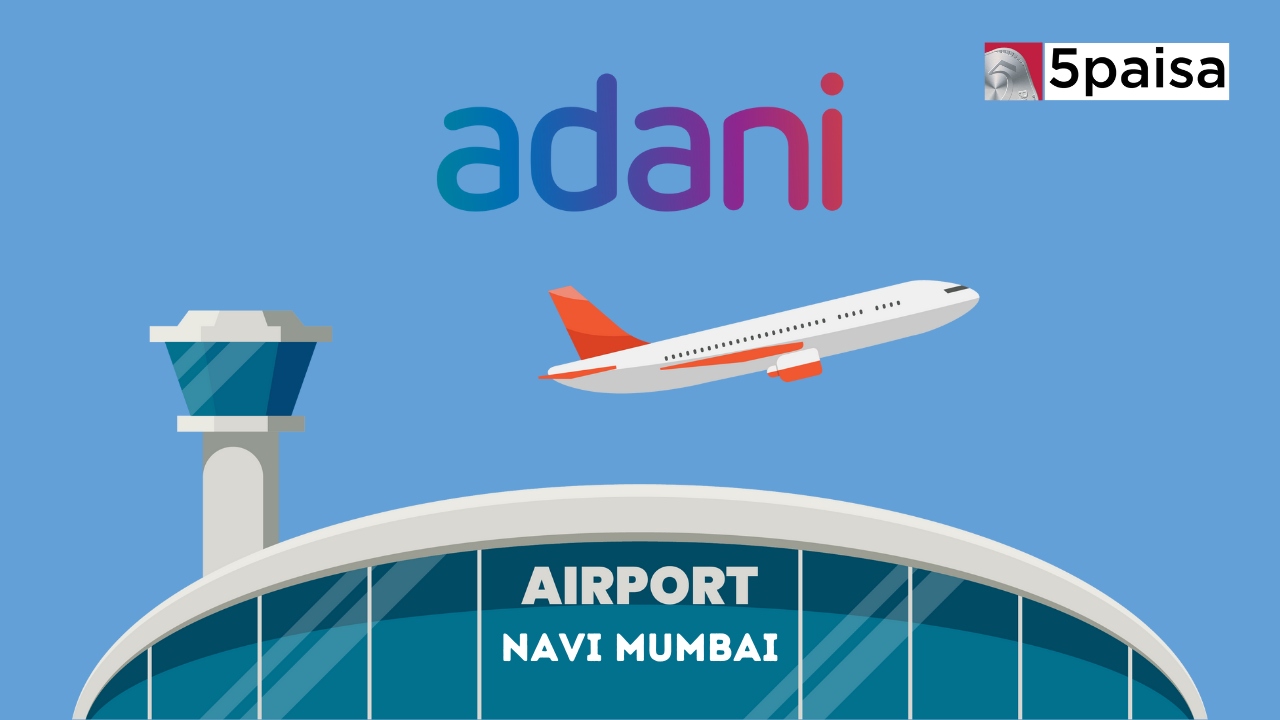Adani Group's $2.1 billion Navi Mumbai Airport to boost India's aviation ambitions

About 22 miles southeast of Mumbai's busy airport, a project led by the Adani Group is in progress. It's the $2.1 billion Navi Mumbai airport, which once completed will provide much needed relief to India's financial hub by offering a second airport option. This project aligns with Prime Minister Narendra Modi's push for infrastructure development.
Project Overview
Navi Mumbai airport featuring a distinctive lotus shaped design inspired by India's national flower and Modi's party symbol is slated to commence operations in March next year. Initially catering to 20 million passengers annually its capacity is projected to expand to 90 million by 2032 according to Arun Bansal, CEO of Adani Airport Holdings which operates India's largest private sector airport and also manages the existing Mumbai airport.
A surge in plane purchases and airport construction supports this ambition. Air India, IndiGo and newcomer Akasa have ordered over 1,100 aircraft altogether. Additionally, the world's most populous nation is investing $12 billion to construct over 72 new airports by 2025. Despite its promising prospects Navi Mumbai Airport faces formidable competition from established global hubs such as Dubai, London, Frankfurt and Singapore. To effectively compete the new facility must streamline passenger flow ensure seamless connectivity and attract international airlines.
Adani Airport aims to make transit times efficient targeting a 75 minute standard in line with global norms. Airlines have the freedom to decide on moving operations but Adani works to minimize competition between its Mumbai airports. India's aviation strategy aims to balance the openness and protection of its airlines, supporting local carriers while promoting global connections. However finding this balance is challenging and crucial for India to achieve its goal of becoming a top transit hub.
Infrastructure Integration
Current Mumbai airport faces challenges because its two runways intersect allowing only one to be used at a time. This leads to delays and congestion in the airspace with flights sometimes circling for up to an hour before landing. The upcoming Navi Mumbai airport will have two parallel runways and four terminals doubling capacity. Its success is crucial for Mumbai's development plans with the city investing billions in new infrastructure. Local authorities and the Adani Group also plan to develop an aero city around the new airport to generate additional revenue beyond aviation. Efforts are underway to bolster connectivity between Mumbai and Navi Mumbai including the construction of new bridges, roads and a dedicated metro line. These initiatives are poised to reduce commute times and facilitate seamless travel for passengers.
To Summarize
As India sits at a key intersection of global routes new airports like Navi Mumbai offer great chances to boost India's aviation ambitions. With investments in infrastructure matching the growing demand, India's aviation industry is set for rapid expansion.
- Flat ₹20 Brokerage
- Next-gen Trading
- Advance Charting
- Actionable Ideas
Trending on 5paisa
06
 Tanushree Jaiswal
Tanushree Jaiswal
Indian Market Related Articles
Disclaimer: Investment in securities market are subject to market risks, read all the related documents carefully before investing. For detailed disclaimer please Click here.
 5paisa Research Team
5paisa Research Team




